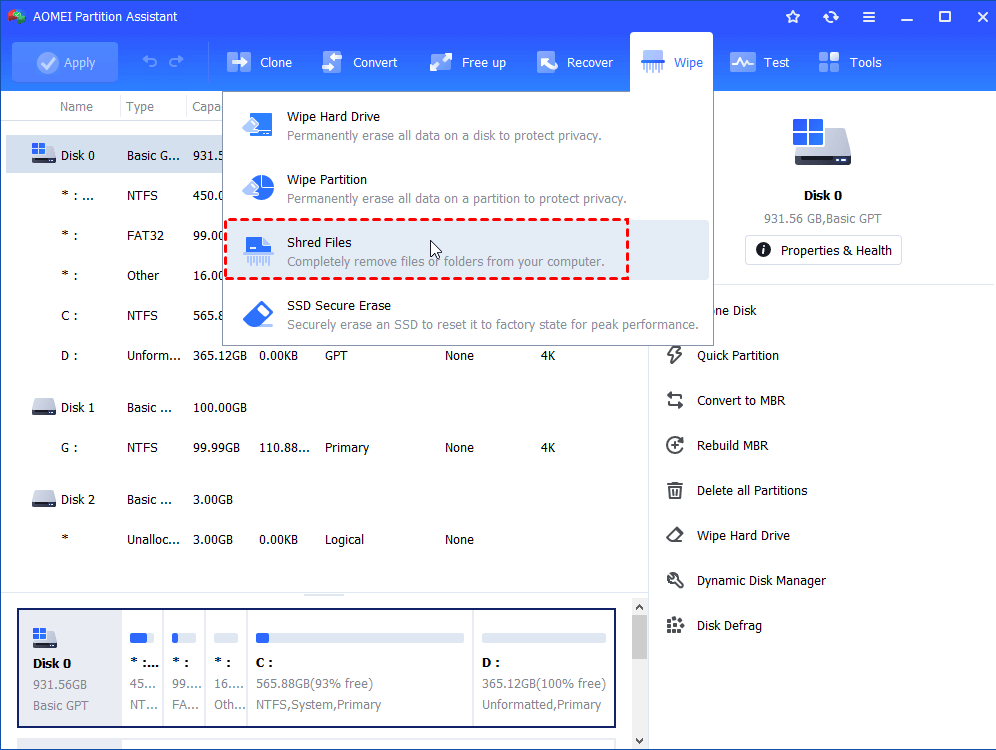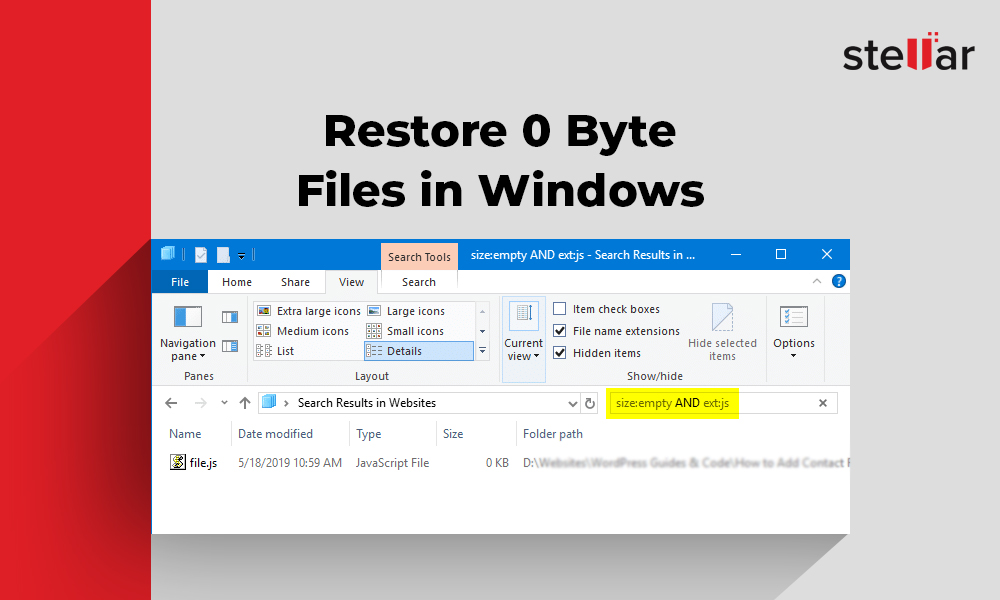

- Is it safe to delete zero byte files in windows 7 how to#
- Is it safe to delete zero byte files in windows 7 update#
The above command will delete the file C:test.bat in the current directory, if the file exists.
Is it safe to delete zero byte files in windows 7 how to#
FOR %%F IN (*.*) DO ( How to delete bat files in batch script?īatch Script – Deleting Files – For deleting files, Batch Script provides the DEL command. The following code is an example of a loop. If you are looking for all files equal to 0, you can accomplish this with a loop. In this example, you would need to know the name of the file. How to delete files equal to 0 in a batch file?īelow is a for command that could be put into a batch file to delete the “pics.txt” file if it existed and was equal to 0. Run the following two commands: DEL /F/Q/S folder_to_delete > nul.Open command prompt (cmd.exe) and navigate to the folder in question.On the confirmation dialog, tap Delete.On the “Delete large files” card, tap Select files.On your Android device, open Files by Google.The -size 0 and -empty flags is specifies to find zero length files.The -type f flag is specifies to find only files.If you want to find files from another directory then replace the. means start searching from the current directory. Manual malware removal should be best performed in the Safe Mode environment.

How do I get rid of disk bat virus permanently? Run Windows 10 in Safe Mode to Delete the File/Folder.Press Shift + Delete to force delete a file or folder.Use “DEL” command to force delete a file in CMD: Access CMD utility.In the above command, we use the /f switch to force the deletion of read-only files.ģ Methods to Force Delete a File or Folder in Windows 10
Is it safe to delete zero byte files in windows 7 update#
In the command, make sure to update the path to the folder that you want to delete. Search for Command Prompt, right-click the top result, and select the Run as administrator option. The -delete action is not available on all find command implementations. The -type f option makes sure that we are working on a regular file and not on directories or other special files. To delete all zero byte files in the current directory and sub-directories, use the following find command syntax. How do I delete a zero byte file in Linux? Because of this, you should be careful when executing your Batch file. When you run your Batch file, the “del” command will tell your computer to remove permanently the named files (as opposed to moving them to the Recycle Bin).


 0 kommentar(er)
0 kommentar(er)
